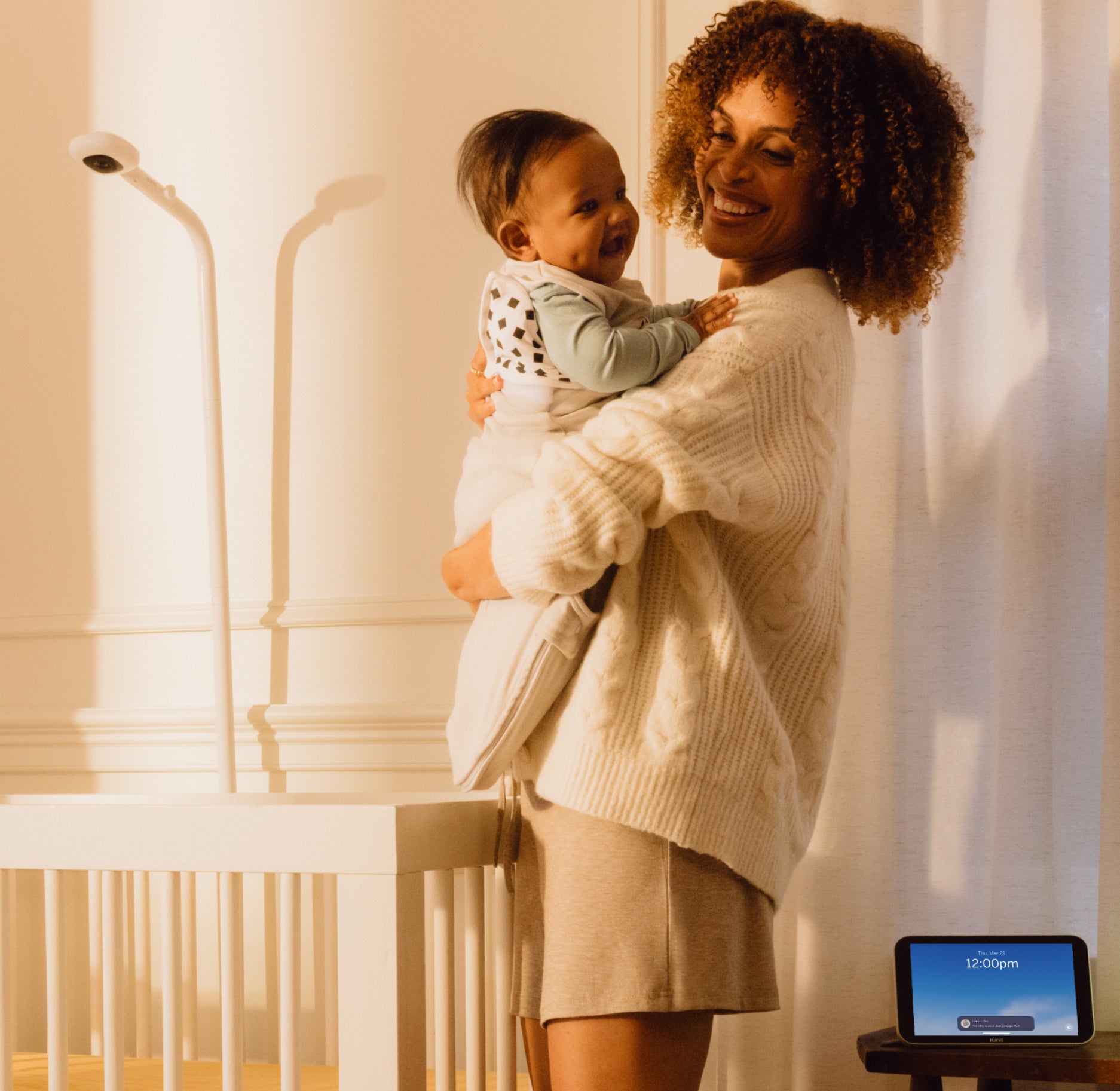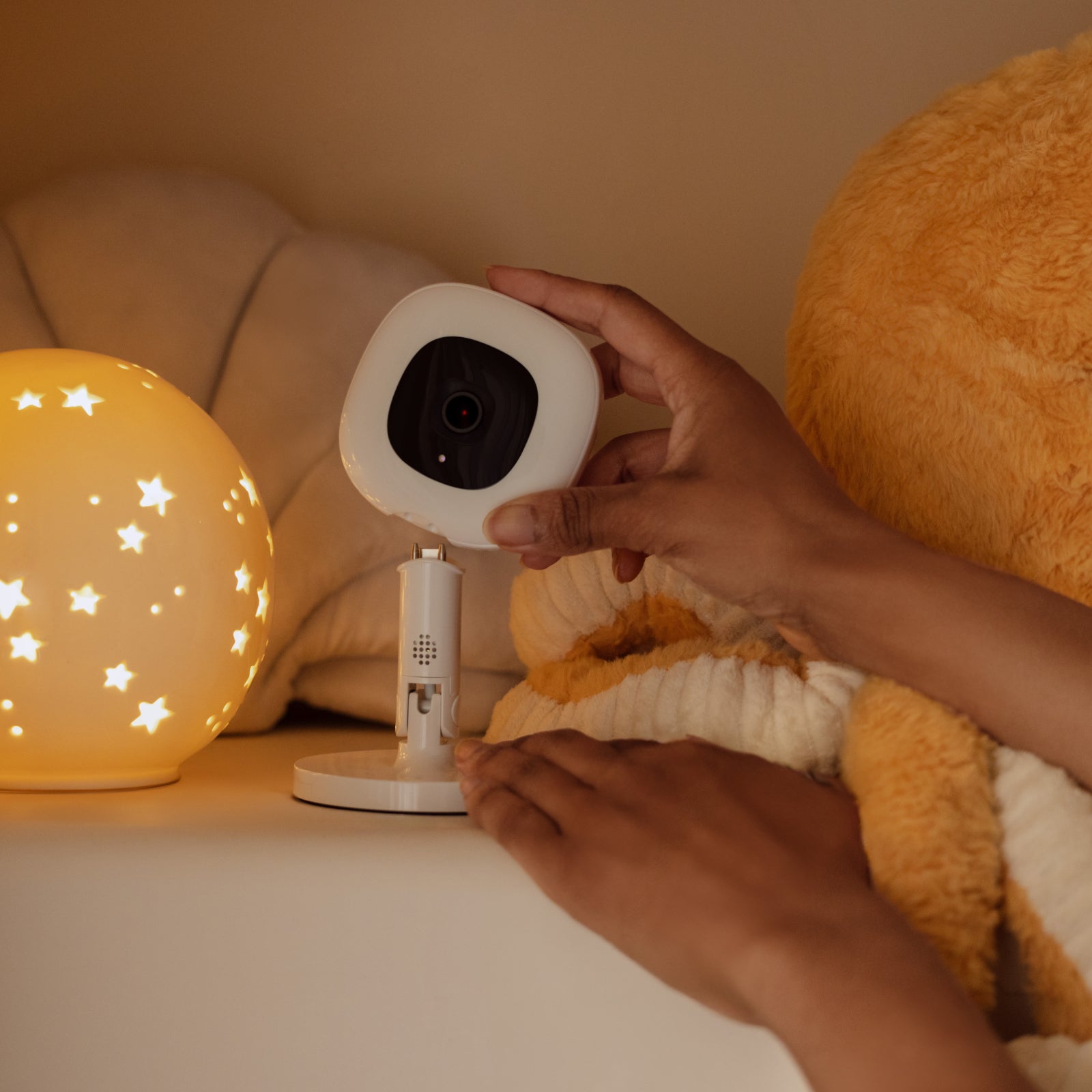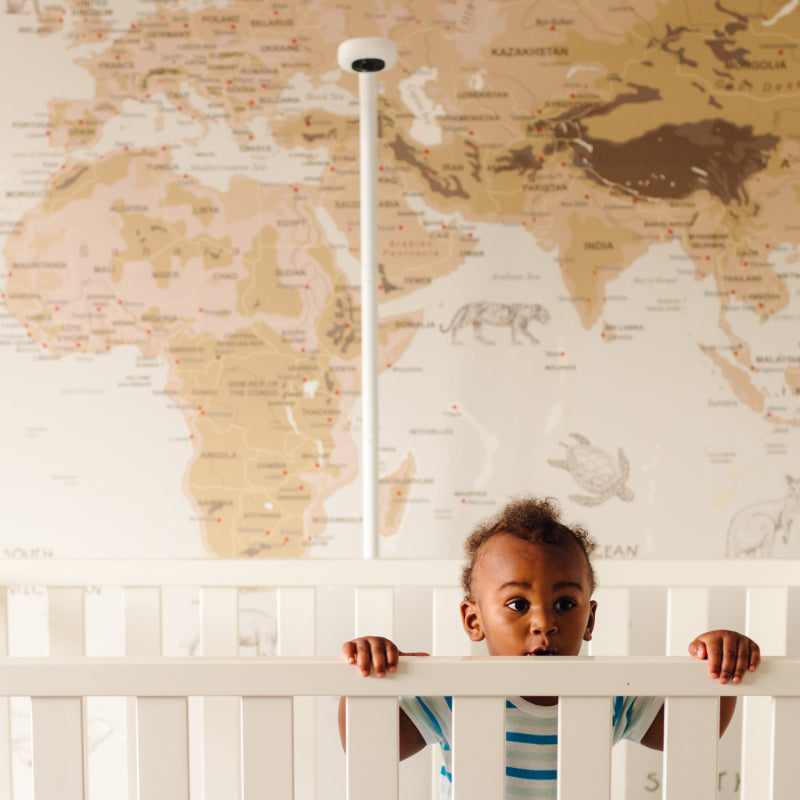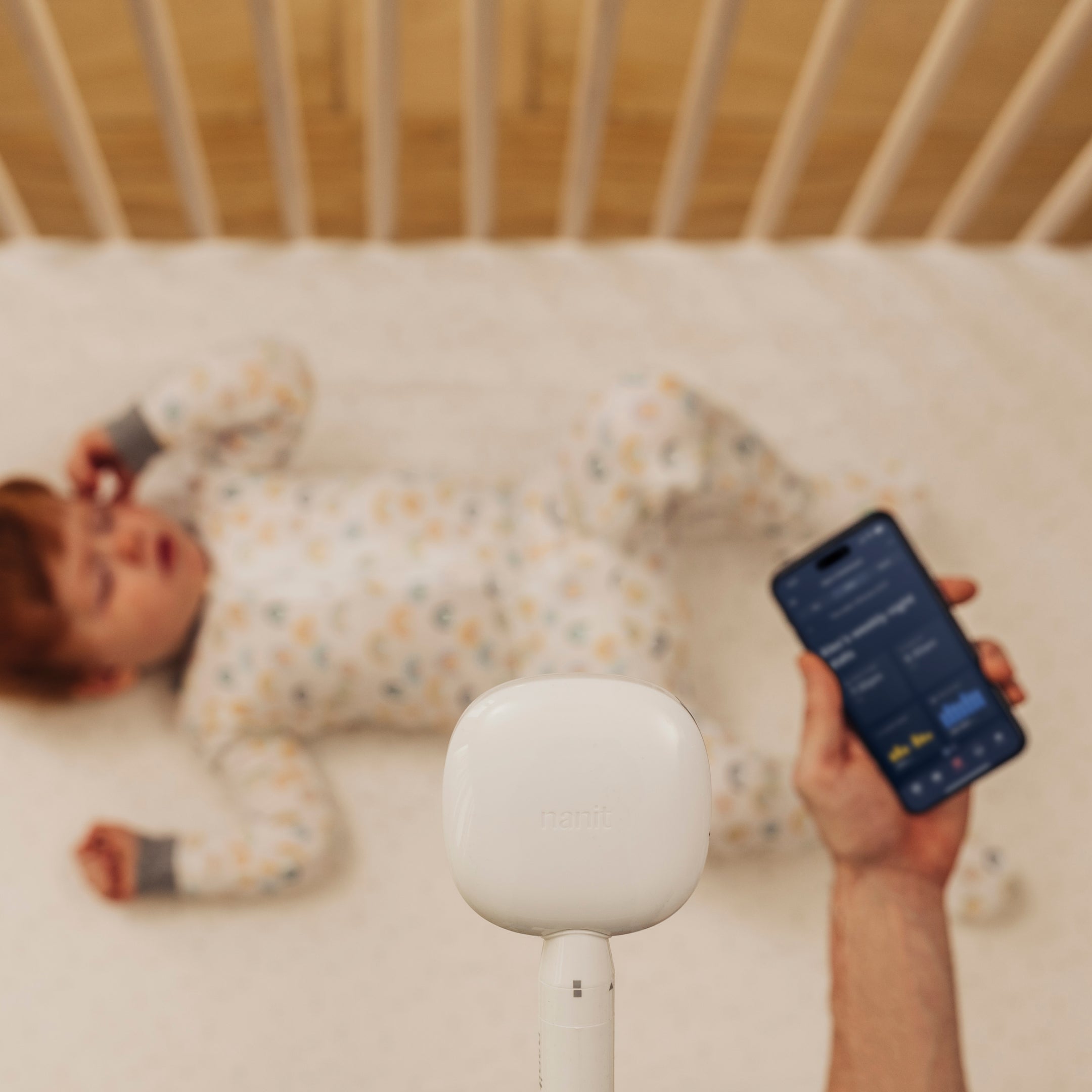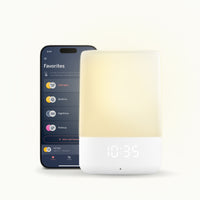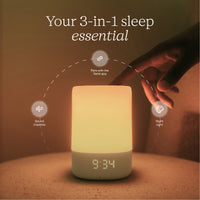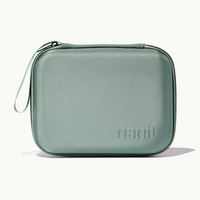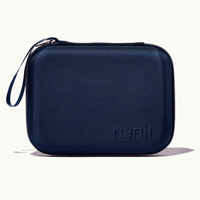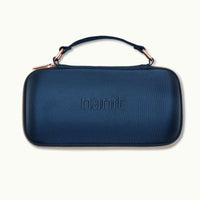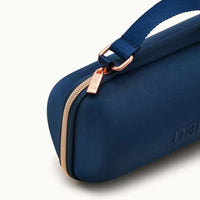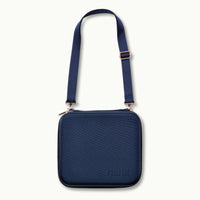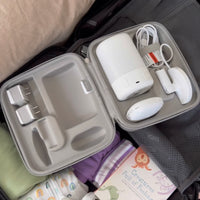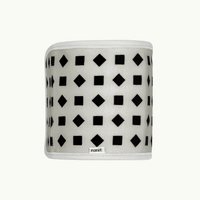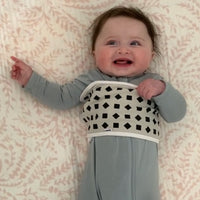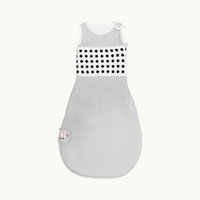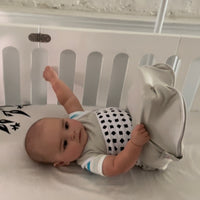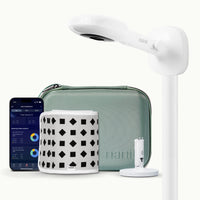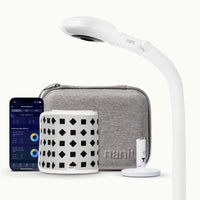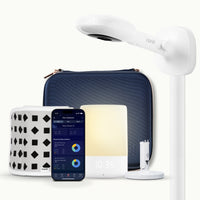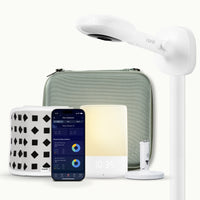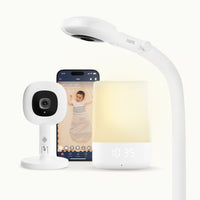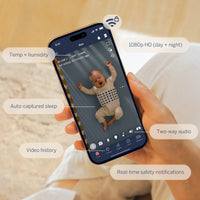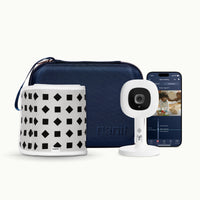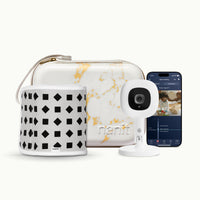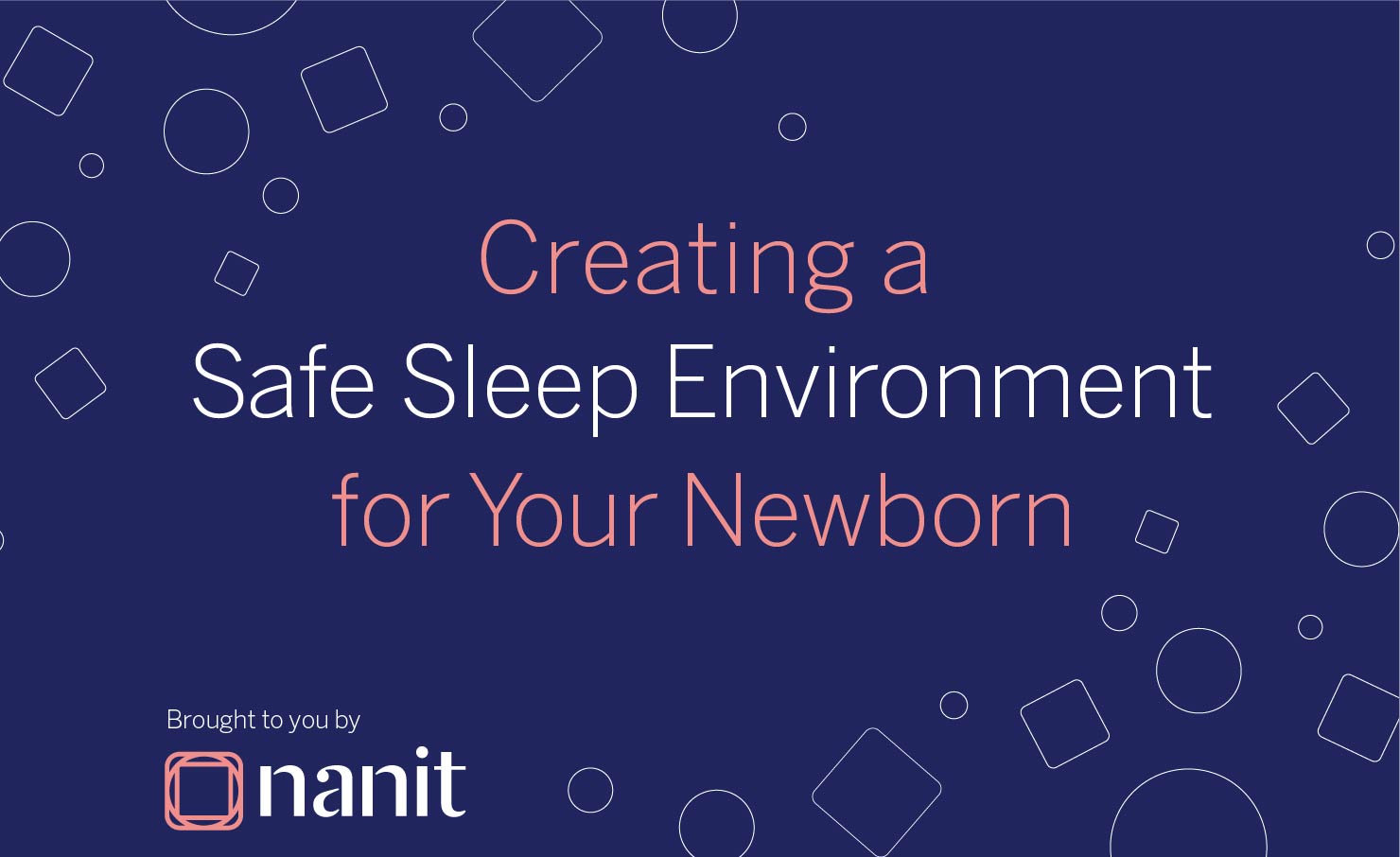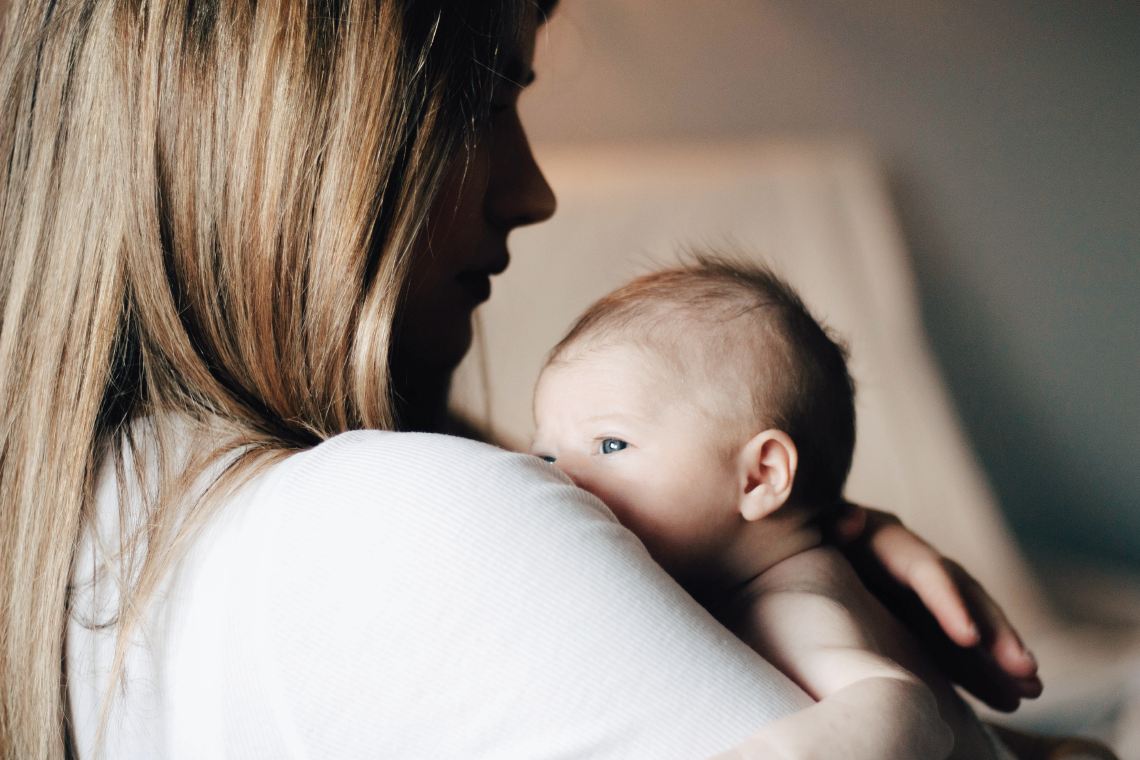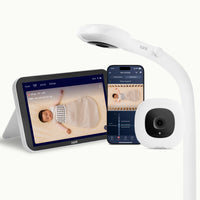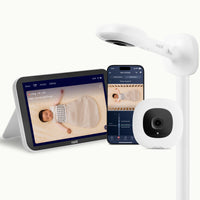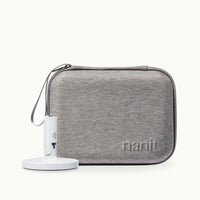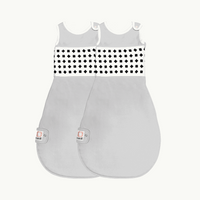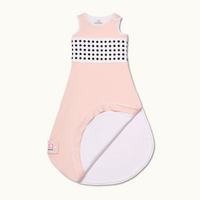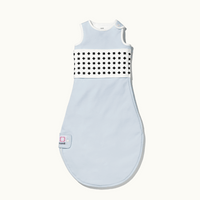Creating a safe sleep space for your baby
We’re the kind of people who notice everything, from trends in sleep data to the slightly crooked diplomas hanging on our favorite doctor’s office wall. We studied many a nursery in perfecting Nanit. And, in doing so, we noticed something important – some sleep environments weren’t completely optimized for safety. Bumpers, blankets and soft toys showed up in many cribs.
According to the American Academy of Pediatrics (AAP), such soft items are a safety hazard and can increase the risk of sudden infant death syndrome (SIDS). Until babies reach the age of one, they don’t have the strength or skills to get out of a potentially dangerous situation. So even something seemingly innocent like a blankie or bumper ties could lead to suffocation or choking.
As parents, we get that it’s counterintuitive in a way – the very things that seem like they’d make baby’s sleep environment extra cuddly and comfy are actually unsafe. So we put together this handy tip sheet of do’s and don’ts, that way you’ll always know just how to create a safe sleep environment for baby.
Safe Sleep Tips
Sleep do’s and don’ts for children 12 months of age and younger, in accordance with recommendations from the American Academy of Pediatrics:
- Keep it bare
Babies only really need three basic things for sleep:
- Their own sleep space (make sure it's a bassinet or crib that meets safety standards)
- A firm, full-size crib mattress on a level surface
- A fitted sheet (such as the Nanit Knit Crib Sheet)
The AAP cautions, “Do not put blankets or pillows between the mattress and the fitted sheet. Never put your baby to sleep on a chair, sofa, water bed, cushion, or sheepskin.”
- Ditch the soft “extras”
The following crib items pose entrapment, suffocation or strangulation risks:
- Wedges and positioners
- Bumper pads
- Soft toys and stuffed animals
- Sheepskins
- Pillows
- Blankets, quilts, comforters
- Loose bedding
- Balance back and tummy time
Always place babies on their back for sleep, whether it’s day or night. The AAP also advises incorporating supervised “tummy time” during the day, which strengthens infant neck and shoulder muscles, plus prevents flat head spots.
- Choose light layers
The sleep environment should be cool and comfortable, and so should baby’s sleep attire. The AAP recommends dressing baby “in no more than one extra layer than you would wear.” Footed pj’s or sleeping bags are a great option for those cold winter nights, such as Nanit Breathing Wear Pajamas or Sleep Wear Pajamas.
Key takeaways
- Creating a safe sleep environment for babies under 12 months is important to reduce the risk of Sudden Infant Death Syndrome (SIDS).
- Follow recommendations from the American Academy of Pediatrics (AAP) by keeping the sleep space bare, placing babies on their backs to sleep, and incorporating supervised "tummy time" during the day.
- Ensure products in your nursery, like Nanit, meet safety standards and certifications for your own peace of mind.
Wondering how Nanit measures up when it comes to safety? Rest assured, it’s a monitor that’s 100% baby-proof, from its anti-tip stand to its shatterproof lens. It also meets ASTM certification guidelines. Learn more about the camera here.



